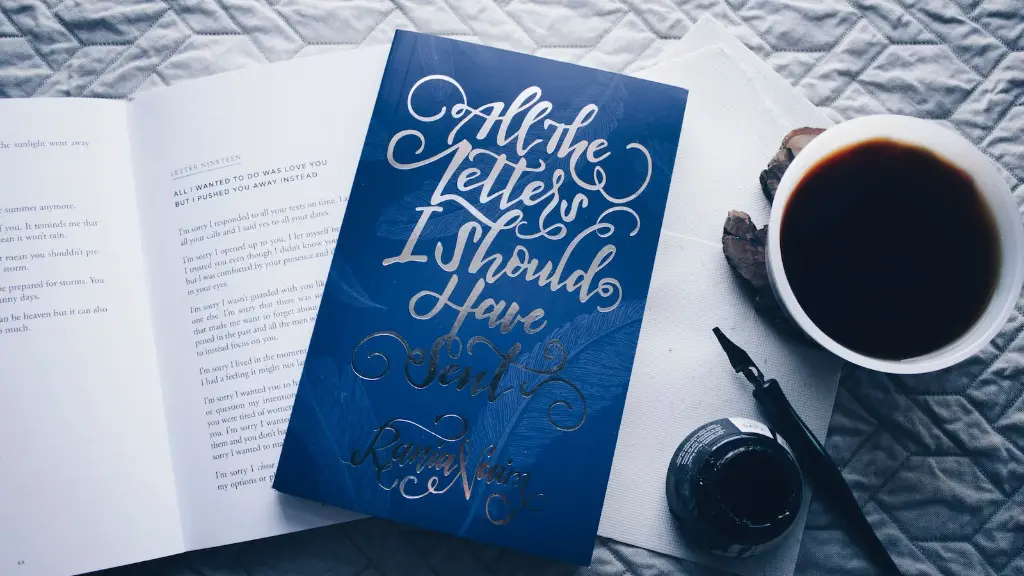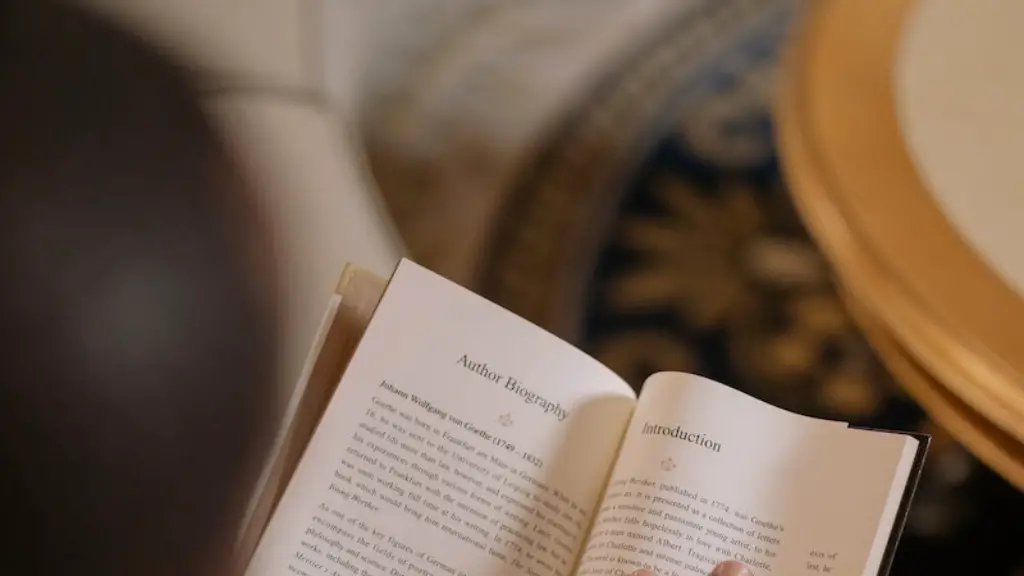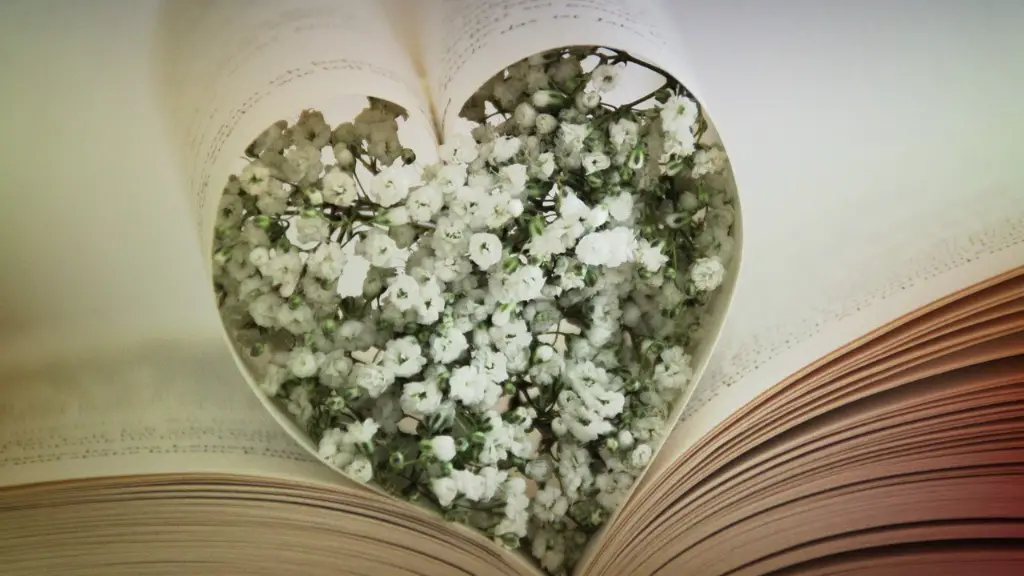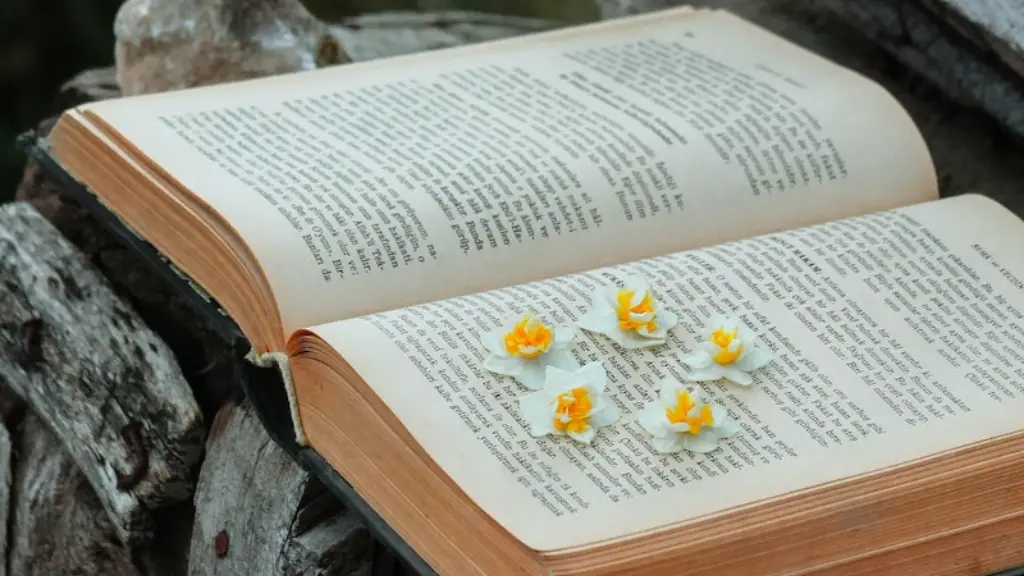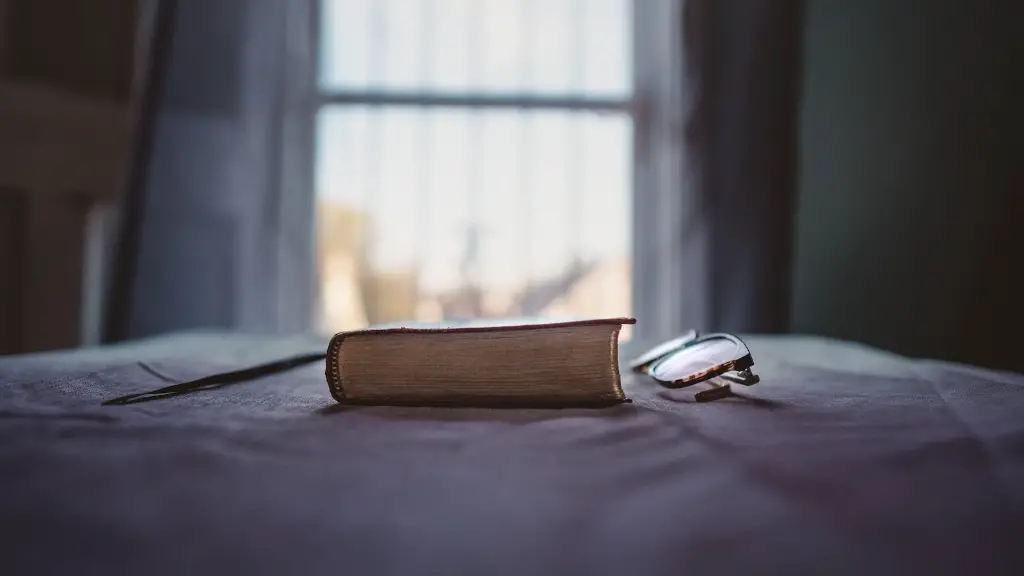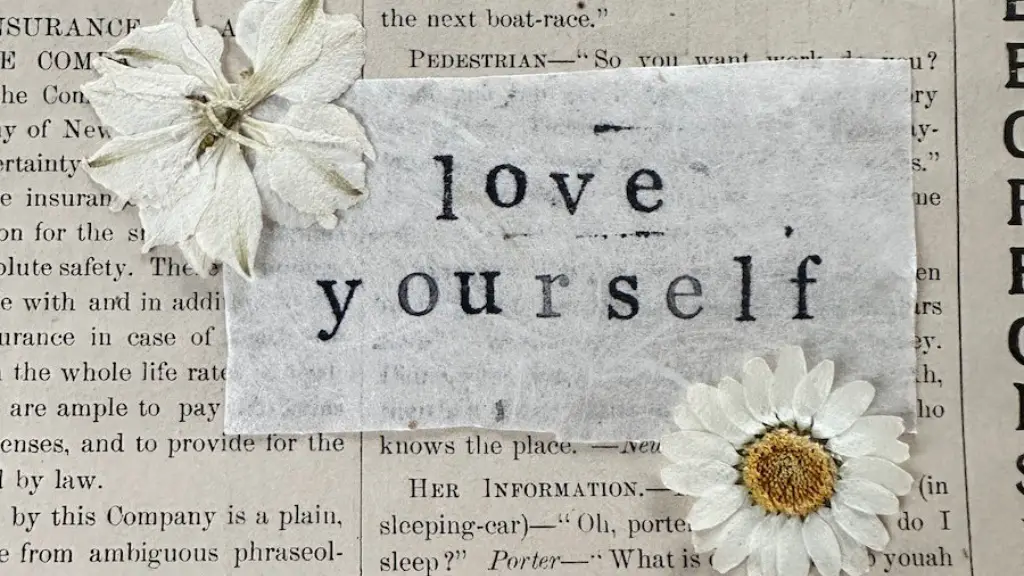Free Verse Poetry
Free verse poetry is a poetic form that does not adhere to any pre-determined structure. The poems are unconstrained by standard rules of prosody, rhyme or meter. Instead, these poems are written in an organic fashion, where poetic expression and creativity is more important than following a set of rules.
Free verse poetry has been around for centuries, first becoming popular in the 19th century among French, English, and American poets. Notable poets such as Walt Whitman and Emily Dickinson are thought to have popularised free verse, making it a commonly used form of poetic expression today.
So how is free verse written? According to author and poet Tina Kearley, there are three rules of free verse poetry that are worth following. Firstly, she says that a good free verse poem should have a clear structure, whereby each line is distinct and has some level of impact. Secondly, it should be rhythmic and lyrical. Last but not least, free verse should evoke emotion.
However, some argue that free verse does not need to follow any rules. According to Dr.Lisa B. Thomas, a professor of English studies at the University of Wisconsin-Madison, following rules in free verse has the potential to diminish creativity and poetic expression.
Overall, free verse can be an interesting and creative form of poetry for writers to explore, as it allows for greater flexibility and control of their voice. For those who are interested in writing free verse, it can be helpful to look to the work of established poets for inspiration and guidance.
Rhythm and Meter
Rhythm and meter are two concepts that play a significant role in free verse poetry. Unlike traditional forms of poetry where rhythm and meter are prescribed and structured,rhythmic patterns and meter in free verse are usually spontaneous and freeform.
Rhythm can be used to draw attention to the structure and meaning of a poem, allowing the reader to be drawn into its journey and become familiar with an otherwise unfamiliar form. Rhythm can be immensely powerful in creating an impact. A poem’s meter—or lack thereof—will also contribute to creating emotion and portraying the poem’s message. Therefore, it is important to consider how the words are arranged in order to properly convey the tone, theme and emotion of the piece.
Rhythm and meter can be created and manipulated to create a certain kind of effect. Rather than using predetermined meters, such as iambic pentameter, free verse poets usually rely on the manipulation of sounds—specifically, onomatopoeia and assonance—to create a lyrical and poetic sound. The absence of a rhyme scheme also allows poets to experiment by combining words of different sounds and meanings, a valuable tool in creating a unique and powerful poem.
Understanding the rhythm and meter of free verse poetry can help to improve a poet’s knowledge and technique, making it essential for those who are interested in writing and performing their own works.
Literary Devices
Literary devices play an important role in free verse poetry. In particular, metaphor and imagery are often used to emphasise the feelings, ideas and images being portrayed in the poem.
Metaphor is a particularly powerful device, and through its use, poets can simultaneously invoke a range of emotions and create vivid imagery. In free verse poetry, one of the most important tools is to convey the sense of the unseen or intangible, which metaphors can do effectively.
In addition, the use of imagery is a commonly used technique in free verse poetry. Its purpose is to help the reader envision and experience the poem, turning abstract concepts into concrete images. By combining imagery with highly descriptive and emotive language, poets are able to take their readers on a journey that would otherwise not be possible.
Overall, literary devices such as metaphor and imagery can be effective ways for poets to express themselves and illustrate their ideas in a meaningful way.
Inspiration and Resources
For those seeking to write free verse poetry, it can be helpful to have access to a range of resources and inspiration. There are a variety of websites, books and podcasts that can be used to discover more about free verse and to draw inspiration for writing.
For example, websites such as Poem Hunter feature a wide variety of free verse poetry, allowing poets to get a feel for the form and to try out different styles. Libraries and bookstores are also a useful source of inspiration and information, as they often contain a wide range of poetry books.
Additionally, podcasts are a great tool for discovering new writers and styles. Podcasts such as ‘The Craft of Poetry’ and ‘The Poetry Podcast’ allow listeners to experience a diverse range of free verse poetry and to gain perspective on the craft of writing.
Overall,there is a wealth of information, resources and inspiration that can be used by writers to build their knowledge of free verse poetry and to help them hone their craft.
Representation in Poetry
The use of free verse has also allowed for representation in poetry to become more accessible and inclusive. By disregarding traditional forms of poetry, artists have more scope to represent their ideas and stories in a meaningful way without having to adhere to preset rules and structures.
In particular, the use of free verse allows for greater representation of groups and individuals who usually don’t appear in poetry or literature. By challenging traditional concepts of poetry and by combining free verse with other forms of art, poets can begin to represent complex ideas and relationships in a meaningful way.
In turn, these works can be powerful tools in challenging oppressive beliefs and systems, and can create change within society. Free verse can be seen as offering a platform for diverse voices, ideas and stories to be represented in poetry.
Using Free Verse in Performance
Free verse also serves as a powerful tool for performing poetry. By understanding the rules of free verse, poets can use this form to bring their work alive on the page and in performance.
In particular, the use of rhythm and meter can be used to create an engaging and powerful performance. By understanding the musicality of free verse, and by understanding the impact of certain words, poets can create a unique and captivating performance.
In addition, manipulating the rhythm and meter of a poem can impact the emotional state of the audience. For example, a slower, lyrical rhythm can create a reflective atmosphere, while a faster rhythm can create tension and suspense. These tools can be powerful tools in conveying the message of a poem and engaging the audience.
Ultimately, understanding free verse and its use in performance can help poets to become more effective in their craft and can help to showcase their work in a powerful and meaningful way.
Writing Free Verse
If you’re interested in writing free verse poetry, it’s important to understand the basics of the form. It can be helpful to read other free verse poems and to draw inspiration from established poets. Additionally, understanding and experimenting with rhythm, meter and literary devices can help to elevate and enhance your work.
It is also worth exploring different approaches to free verse. For example, some poets prefer to structure their poems in a more traditional sense, while others prefer to use free verse as a means of breaking free from established structures and rules. Experimenting with a range of approaches and techniques can help to shape your own individual style.
Ultimately, free verse can be a creative and powerful poetic tool, and one that can result in powerful and emotive work if executed well.
